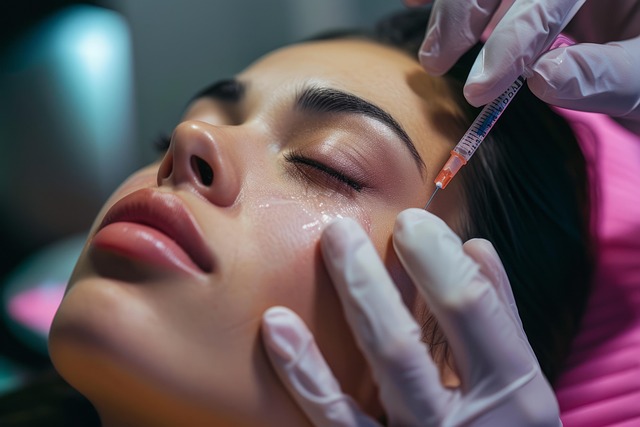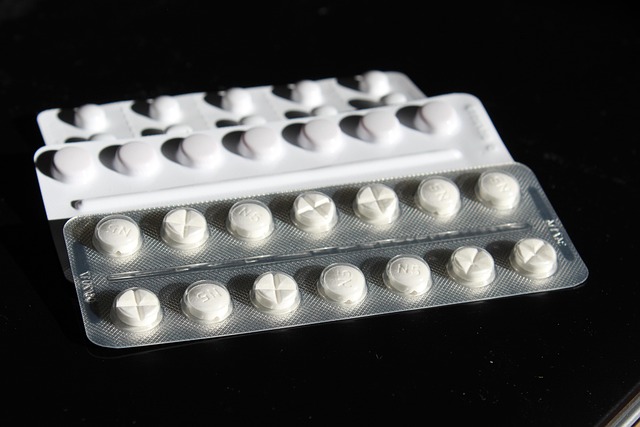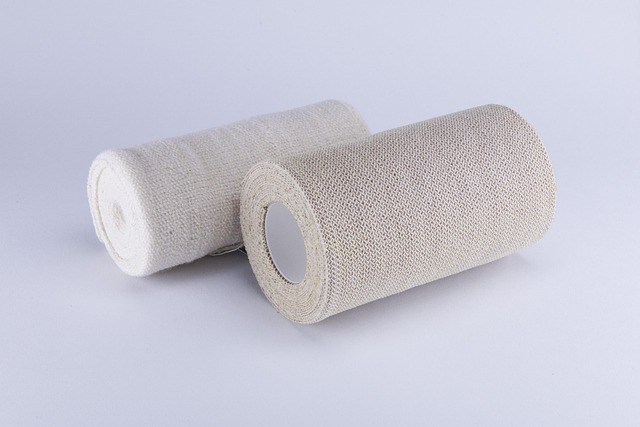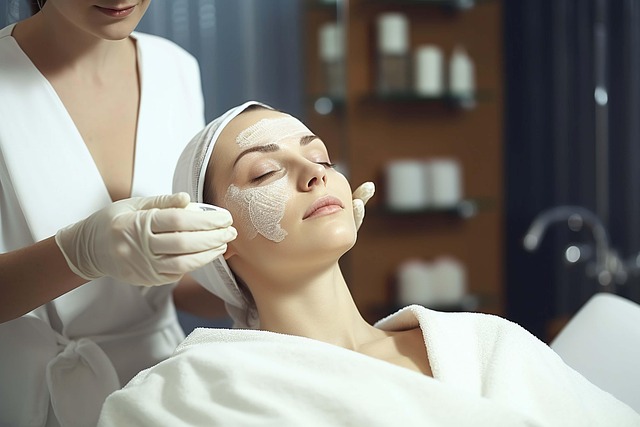Botox treatments for forehead lines temporarily paralyze muscles to smooth wrinkles and prevent further aging. Popular for non-invasive, minimal downtime, and natural results. Potential side effects include redness, swelling, bruising, headaches, nausea, asymmetry, drooping eyelids, infection, bleeding disorders, and muscle weakness. Qualified healthcare providers offer personalized consultations, sterile protocols, and post-treatment care to minimize risks. Maintenance requires proper follow-up, healthy lifestyle, and regular communication with the provider.
Forehead lines, often a sign of aging, can be addressed with Botox treatments, offering a non-surgical solution for a youthful appearance. This article delves into the intricacies of understanding and treating these lines, exploring the benefits of Botox injections for a smoother forehead. We’ll uncover the science behind the procedure, guide you in choosing an expert provider, and detail what to expect during and after treatment. Additionally, we’ll discuss potential side effects, maintenance, and follow-up care, ensuring you’re informed about Botox treatments for forehead lines.
Understanding Forehead Lines and Their Causes

Forehead lines, also known as glabellar lines or frown lines, are a common concern for many individuals seeking cosmetic enhancements. These vertical wrinkles between the eyebrows can be caused by various factors, including aging, facial expressions, and muscle activity. As we age, our skin’s elasticity decreases, making it more susceptible to wrinkling. Repetitive frowning and raising of the eyebrows due to environmental factors or lifestyle choices can also contribute to the formation of these lines.
Botox treatments have emerged as a popular solution for reducing the appearance of forehead lines. Botox is a protein derived from bacteria that, when injected into specific muscle groups, temporarily paralyzes them. This action prevents the overactive muscles from causing the skin to wrinkle, thereby smoothing out fine lines and giving the forehead a more youthful appearance.
Benefits of Botox Treatments for Forehead Lines

Botox treatments for forehead lines offer a multitude of benefits, both cosmetic and practical. By relaxing the muscles responsible for creasing, Botox can significantly reduce the appearance of fine lines and wrinkles, providing a smoother, more youthful complexion. This non-invasive procedure is particularly appealing due to its minimal downtime; patients can resume their normal activities almost immediately after treatment.
Moreover, regular Botox treatments not only address existing forehead lines but also prevent further deepening of these creases. By breaking the muscle contraction cycle, Botox helps maintain skin elasticity, ensuring that expressions remain subtle and natural-looking. This proactive approach to skincare is increasingly popular among individuals seeking to delay signs of aging without resorting to more drastic measures.
The Science Behind Botox Injections

Botox injections have become a popular non-surgical solution for reducing facial wrinkles, including those pesky forehead lines. But what exactly is the science behind this effective treatment? Botox, short for botulinum toxin, is a protein derived from a bacteria called Clostridium botulinum. When injected into specific muscle groups, it blocks the release of acetylcholine, a neurotransmitter responsible for muscle contraction. This blocking action leads to relaxation of the treated muscles, which in turn reduces dynamic wrinkles that form due to repeated contractions.
Over time, as the effects of the Botox wear off (typically lasting 3-6 months), the underlying skin appears smoother and more youthful. It’s important to note that Botox treatments are not just about erasing lines; they also prevent further wrinkle formation by discouraging muscle movement in problem areas. This preventative measure can significantly slow down the aging process, making it a sought-after solution for those seeking to maintain a youthful appearance.
Choosing the Right Botox Provider

When considering Botox treatments for forehead lines, choosing the right provider is paramount. It’s crucial to select a board-certified dermatologist or experienced medical professional with a proven track record in cosmetic procedures. Look for someone who offers personalized consultations, as every individual’s facial structure and skin concerns are unique. Reputable providers will take the time to understand your goals, assess your skin, and recommend the appropriate Botox product and treatment plan.
Additionally, ensure that the provider follows sterile protocols and uses pre-sterilized, single-use syringes for each patient to minimize the risk of infections. Check online reviews and ask for referrals from trusted sources to make an informed decision. Choosing a provider who prioritizes safety, comfort, and natural results will significantly contribute to your overall satisfaction with Botox treatments.
What to Expect During a Botox Procedure

During a Botox procedure for forehead lines, patients can expect a relatively quick and virtually painless experience. The process typically involves a consultation with a trained professional who will assess your specific needs and areas of concern. This initial step is crucial to determine the appropriate amount of Botox needed for optimal results. Once approved, a small needle is used to inject the serum into targeted muscle groups. These injections work by temporarily blocking nerve signals that cause muscle contraction, thereby reducing the appearance of lines and wrinkles.
Following the procedure, you might experience some mild redness or swelling in the treated areas, but these side effects are usually temporary and subside within a few hours. It’s important to remember that Botox treatments require touch-ups every 3-6 months to maintain results, as the effects of Botox are not permanent. Your healthcare provider will discuss post-treatment care and any potential risks or concerns you may have during your consultation.
Potential Side Effects and Risks

Botox treatments for forehead lines, while popular and effective, are not without potential side effects and risks. It’s important to be aware that any medical procedure carries some level of risk, and Botox is no exception. Common temporary side effects include mild redness, swelling, or bruising at the injection site, which typically subside within a few days. In rare cases, patients may experience more severe reactions, such as headaches, nausea, or an allergic response.
Longer-term risks are less common but can be significant. These include asymmetry of the eyebrows, where one side appears higher than the other, and ptosis, or drooping of the eyelids. More serious complications, though rare, can include infection, bleeding disorders, or unintended muscle weakness in areas besides the target muscles for treatment. As with any cosmetic procedure, it’s crucial to choose a qualified healthcare provider who can minimize these risks and provide adequate aftercare.
Maintenance and Follow-up Care

After your initial Botox treatments for forehead lines, proper maintenance and follow-up care are essential to maximize results and ensure long-lasting effects. This includes adhering to post-treatment instructions provided by your dermatologist or medical professional, such as avoiding strenuous activities and specific medications that may interfere with healing. Regular check-ups are crucial to assess the progression of treatments and make adjustments as needed.
Additionally, maintaining a healthy lifestyle through balanced diets, staying hydrated, and practicing good skin care routines can complement your Botox treatments. Consistent self-care not only supports overall well-being but also contributes to the longevity of your results. Remember, ongoing communication with your healthcare provider is key to achieving and preserving the desired aesthetic outcomes.
